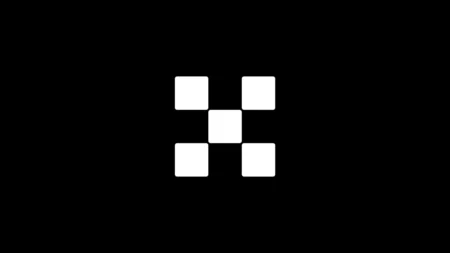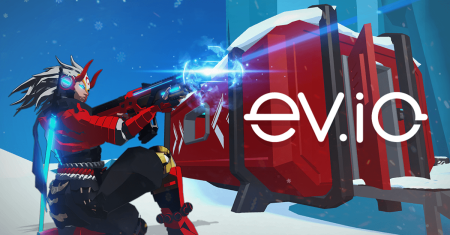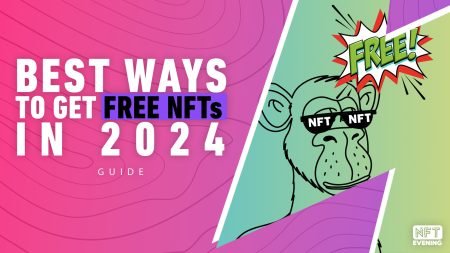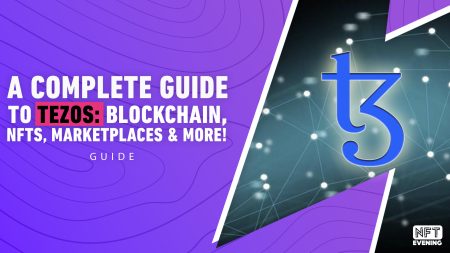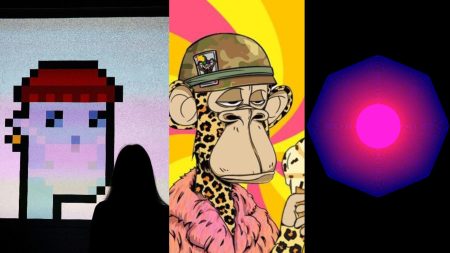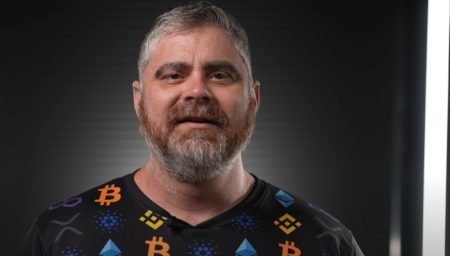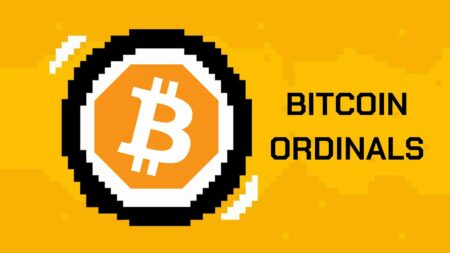If you’re starting to get into Web3 and love art, you might want to know how to make an NFT artwork. With all the tech jargon surrounding crypto and even the art world itself, it can be a little daunting. Initially, you need to have a few specific skills. Firstly, how to create digital art. Then, how to get a wallet for NFTs, which marketplaces are best and, lastly, how to market NFTs in general.
Whether you are a skilled artist or someone with no artistic abilities, if you wish to create your own NFT art but don’t know where to begin, this guide is for you. Making NFTs has never been so easy with this step by step guide. You too can be an incredible NFT creator!
Too far for you? Take it back a notch and first work out what an NFT is and how to buy an NFT.
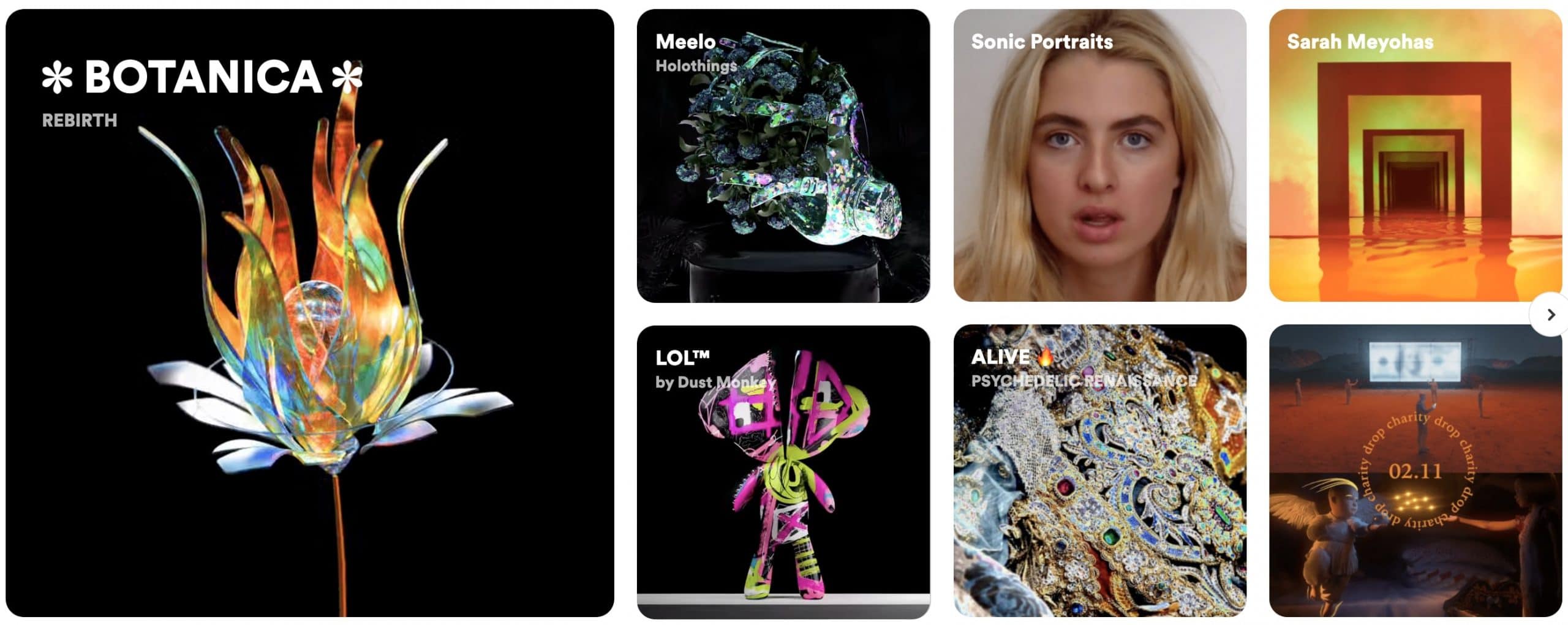
What is an NFT?
In short, NFTs, or Non-Fungible Tokens, are unique digital assets representing digital or real-world objects, whose ownership is stored on a blockchain. Non-fungible, means non-interchangeable. These unique tokens cannot be copied, or destroyed. Furthermore, as ownership and transaction details are stored on the blockchain, anyone can easily verify the authenticity of a piece. If you want to know about the specifics, check out our guide on what an NFT is!
Now you’ve got the idea of what it is, let’s talk about why. Actually, there are lots of reasons why creating NFTs is a great idea for artists.
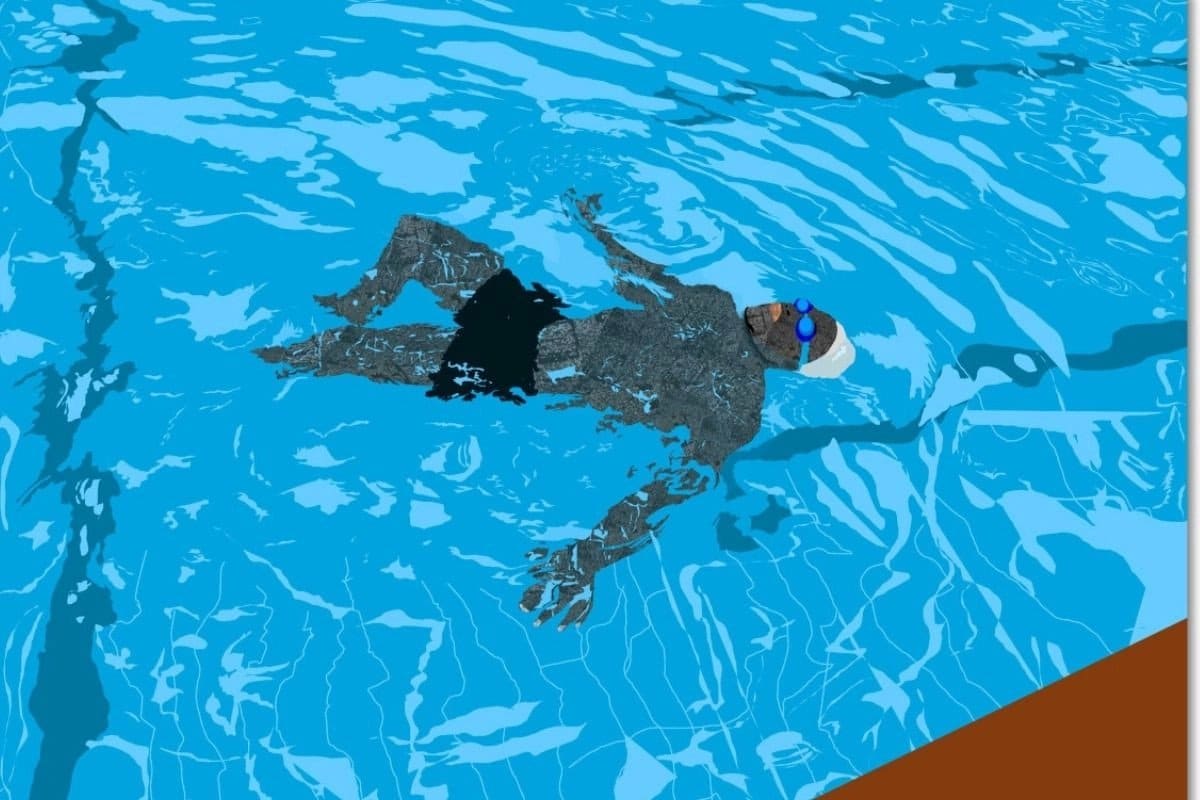
How To Create NFT Art: A Step by Step Guide
Since NFTs are authenticated on the blockchain, digital artwork alone is not sufficient to create your NFT. Here’s what you’ll need to get started:
1. Choose The Right Blockchain
As mentioned before, blockchains are at the heart of NFTs. Thus, before you hop on the NFT bandwagon, it is crucial to understand the pros and cons of different blockchains. The Ethereum blockchain, for instance, is home to the majority of NFT and DeFi projects and has been dominating the industry. However, due to higher network activity, the gas fees on the blockchain are much higher. Additionally, while Ethereum has superior security features and is more reliable, it has greater energy consumption and low scalability.
Polygon, meanwhile, is an Ethereum layer 2 scaling solution that offers low gas fees, fast transactions, low energy consumption, and higher scalability. Immutable X is another layer-2 solution that offers scalability and gasless transactions. Similarly, Solana is fast, scalable, and enables cheaper transactions. However, its mainnet is currently in beta and is less decentralized compared to Ethereum. Tezos too offers gasless transactions and is popular for music projects.
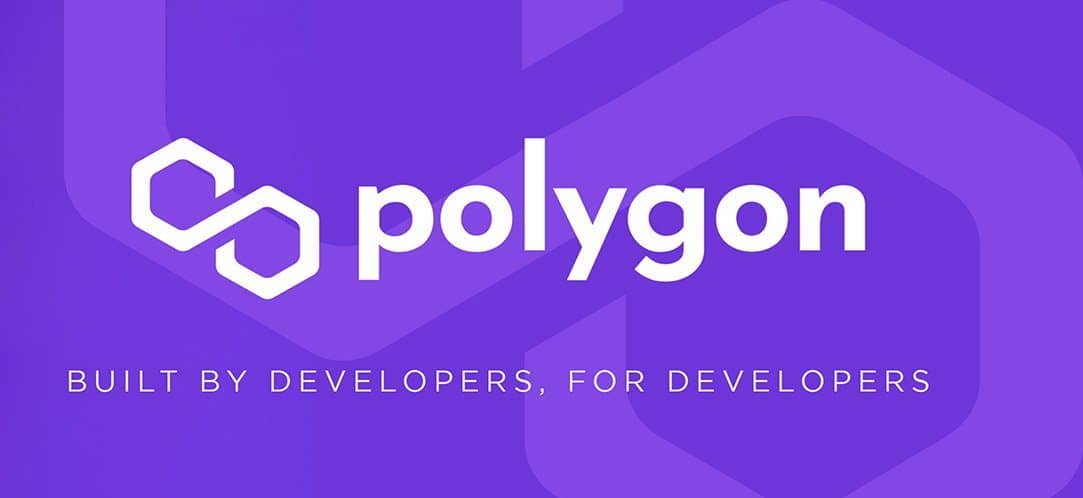
An important thing to note here is that each blockchain has its own token standard and only supports certain wallets and NFT marketplaces. For example, if you create your NFT art on a Tezos blockchain, you won’t be able to sell it on marketplaces that do not support Tezos.
2. Set up a crypto wallet
The first thing you need before you set out to create your NFT art is a crypto wallet, where you will store your NFTs and cryptocurrencies. An important factor you have to keep in mind while choosing a wallet is whether it is compatible with your NFTs and the NFT marketplace you will use to trade your NFTs.
Broadly, crypto/NFT wallets are classified into software or hardware wallets. While the former is a digital wallet and stores your NFTs online, hardware wallets are physical wallets that store NFTs offline, making them more secure. Some of the most common wallets are MetaMask, Trust Wallet, Enjin, and Coinbase wallet. If you want to know more about these wallets, you can check out our best wallets for NFTs.
3. Buy crypto from an exchange
On most NFT marketplaces, you have to pay some “gas fees” to mint your NFTs. These are the fees paid to miners to process and validate transactions on the blockchain (Here’s when these gas fees are the cheapest). Thus, you need to buy some cryptocurrency from an exchange to cover this cost. However, make sure it corresponds with the blockchain and marketplace you will use.
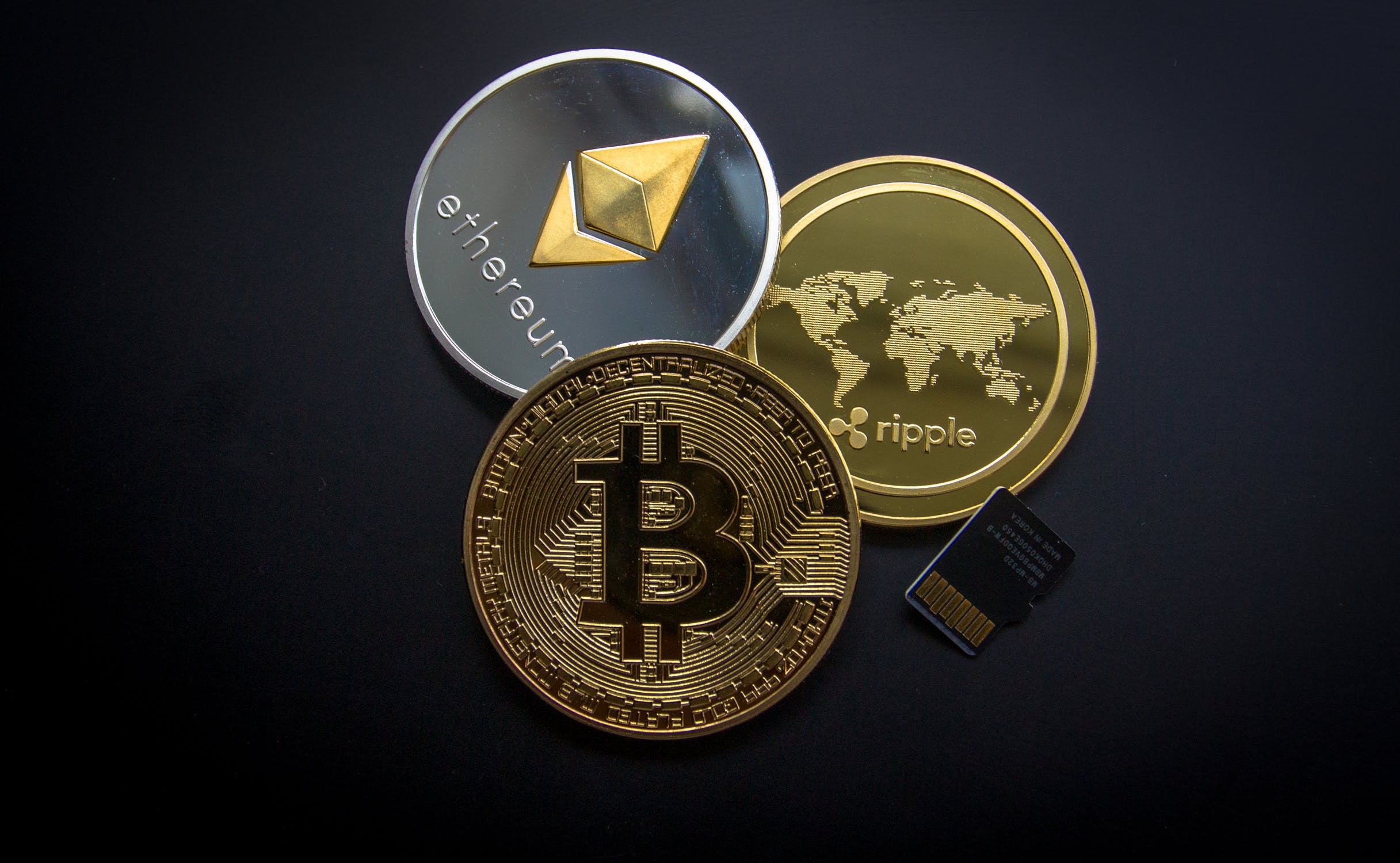
Additionally, if you’re selling NFTs through Polygon, you may need to use a bridge. A bridge is a connection that enables the transfer of assets from one blockchain to another. It is a common mistake to send your crypto to the wrong address. If you do this, then your crypto is pretty much lost forever.
4. How to Make an Orginal NFT Artwork
Before you mint, you need to make some artwork. There are a few different ways in which you can make your artwork into NFT art.
Creating NFTs from Physical Artwork
If you are already an artist, then creating your own NFT art can be simple. Firstly, you could just paint in real life and use and scanner to make your artwork digital. Perhaps you want to take a high quality photo of your physical art instead. NFTs can be any digital file but there are plenty of options to make physical art digital.
Creating NFTs from digital artwork
As a digital artist, you might want to check out Adobe Photoshop, Affinity Photo, Krita, and Autodesk Sketchbook . These are great pieces of software for digital painting. Alternatively, if you are into structured drawing and isometric art, then Adobe Illustrator, Affinity Draw, Affinity Designer, Inkscape, and Gravit Designer are some great options.
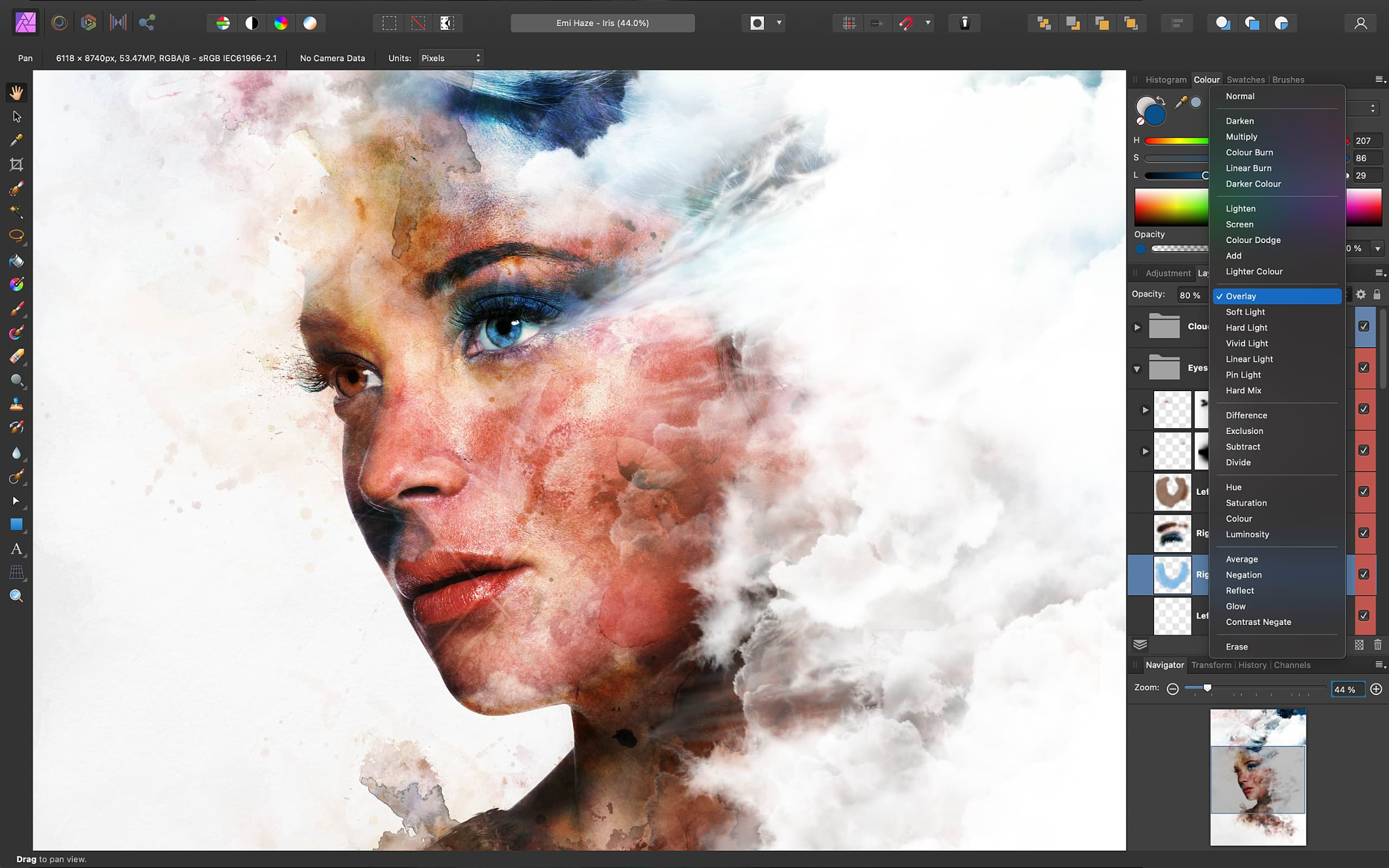
Well, why stop at just 2D art? With the right program, you too can make your own 3D art. Now, 3D visual effects software, Maya is considered the industry standard. Other software like Cinema 4D, Blender, and ZBrush is also great for 3D sculpting. If pixel and voxel art is your thing, then you must try PixelArt, Blender, and MagicaVoxel. If you are into PhotoBashing (merging and blending images and 3D assets to create original artworks), Photoshop, Affinity Photo, and the free image processor, Gimp, are more suitable.
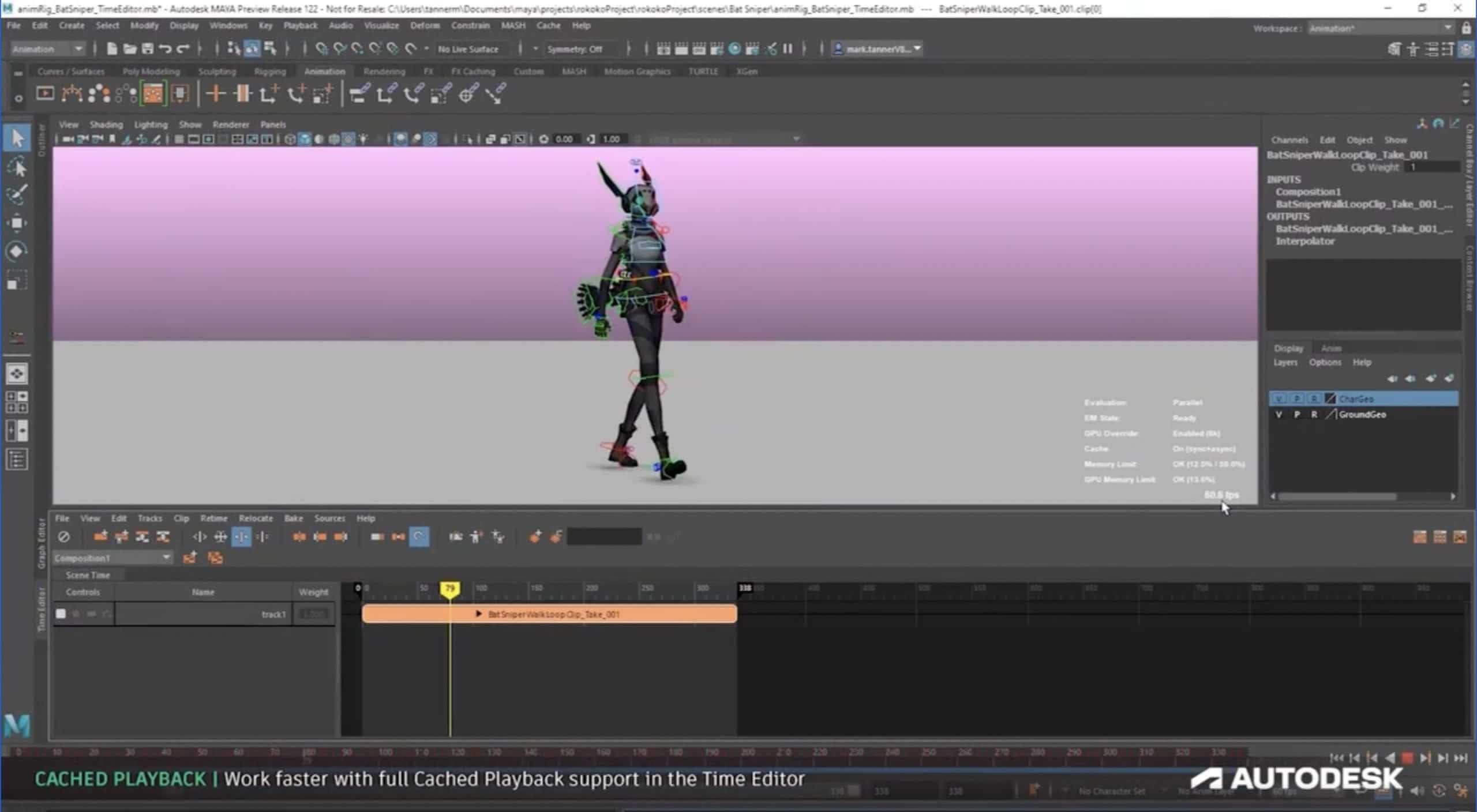
5. Different Ways to Mint An NFT
Now you have artwork, you have to actually make the non-fungible token. NFTs are “minted” onto the blockchain. There are several ways to do this. Each method is preferable for a different type of collection.
If you are minting a simple art NFT project, you might want to stick to a no-code minting method.
How to mint NFTs on a Marketplace
For simple NFT art, you don’t need any coding skills and can easily mint them on several NFT marketplaces. OpenSea and Rarible both support this feature.
Most marketplaces and generators have their own steps to mint NFTs but they tend to follow a similar theme:
- Make sure the file format is supported by your marketplace of choice.
- Create an account on the marketplace, connect your wallet, and click the create option.
- Upload the file with your artwork, give a name and description, and add properties and unlockable content (if applicable)
- Click create and congratulate yourself that you know how to make an NFT!
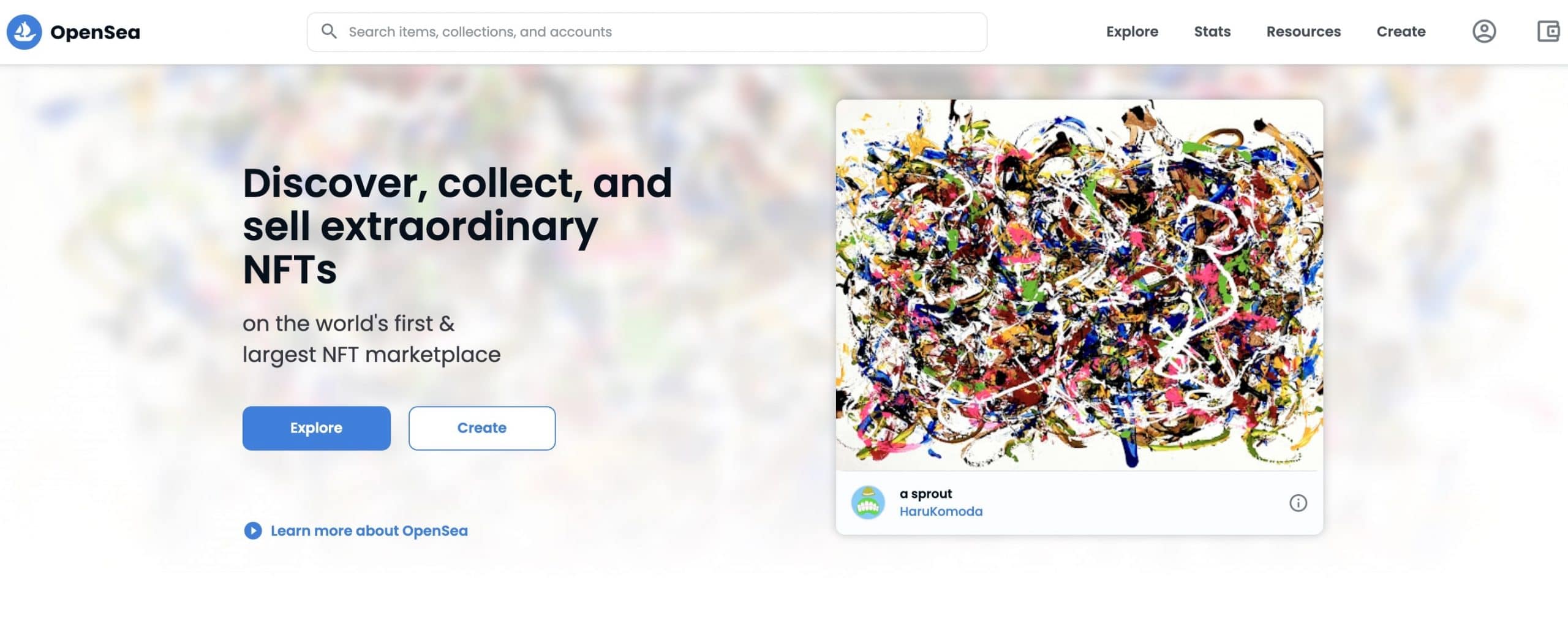
What is Lazy Minting?
Marketplaces like OpenSea and Rarible also offer the lazy minting feature, which is well-suited for creators. In lazy minting, you don’t mint the NFTs the moment you create them, as is the case normally. Instead, it is minted during purchase. This means that instead of you, the buyer pays the transaction fees. Rarible introduced this feature late last year, saying, “we’re excited to further lower the entry barrier for NFT creators from all over the world.”
How to Hire an NFT Developer
To mint NFTs you need to store something on the blockchain and that involves code. So, it might make you wonder: do you need a developer?
Well, a developer is necessary if you want to make more complex generative art NFTs, like Cool Cats, Doodles, and World of Women. Perhaps you might have complex conditions on the purchase. Maybe you want to store your art on chain or create games or interactive communities! These will all require a developer’s help.
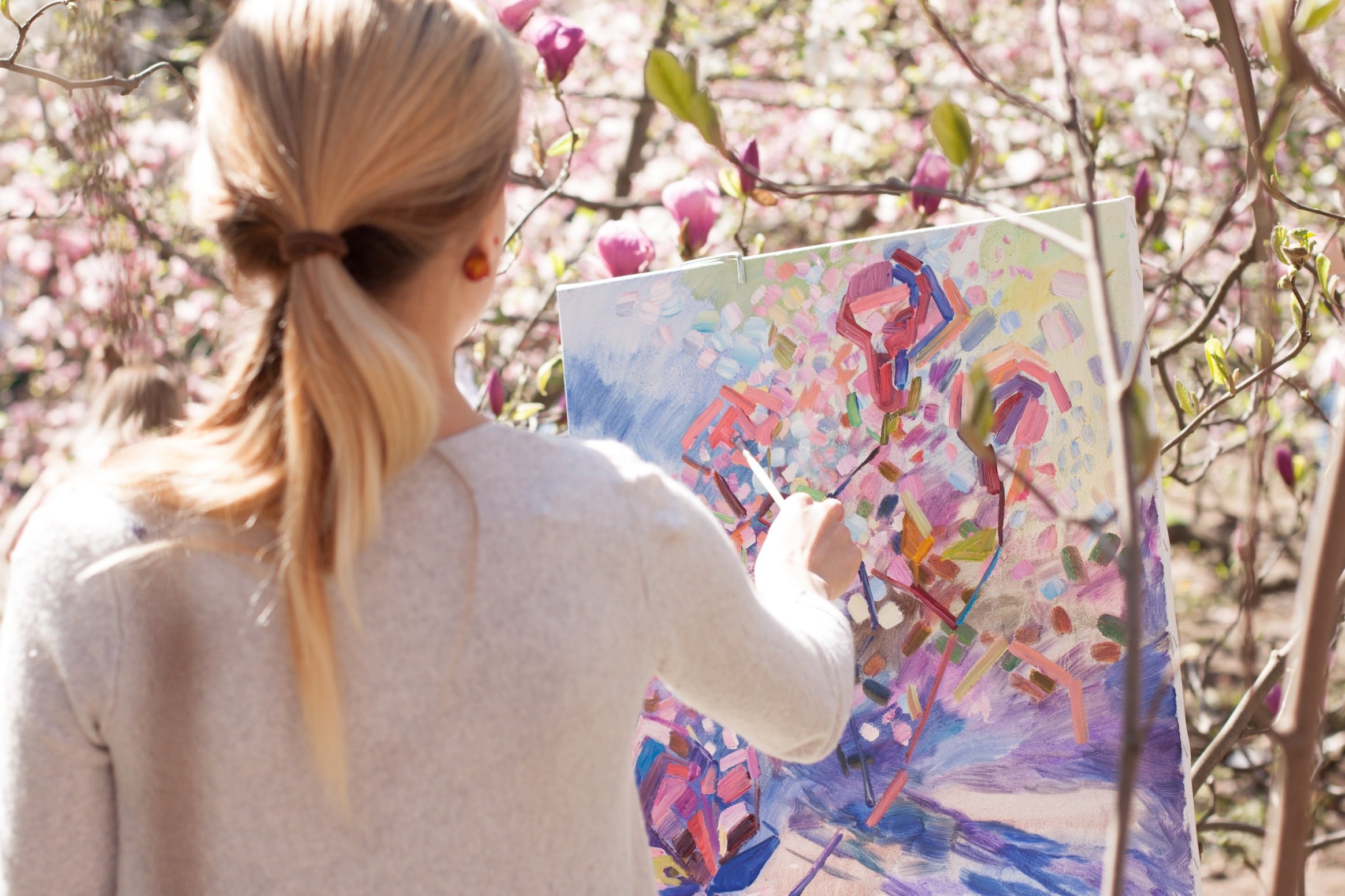
NFT Creators and Generators
NiftyKit is another great no-code way to launch an NFT art collection. This is a SaaS (Software as a service) platform, where you can mint directly on both Ethereum and Polygon. There are also plenty of other NFT creators and generators that can help you make something truly impressive.
6. Choose A Marketplace To List your NFT
Now that you have created your NFT art, it’s time to mint it and put it up for sale. For this, you need an NFT marketplace that supports the blockchain of your choice. If you want to know more in-depth, here are some of the top NFT marketplaces to create NFT art.
In the meantime, here’s a quick rundown of the biggest NFT marketplaces for minting NFTs:
OpenSea
OpenSea, the first peer-to-peer marketplace, has the most mainstream following. So far, it has generated $23.5 billion in sales volume (at the time of writing) It allows code-free minting, and is user-friendly, especially for newcomers. Here, you can sell your NFTs either via a fixed-price listing or an auction. For auctions, you can choose either of the two types: sell to the highest bidder or sell with a declining price.
LooksRare
Looks Rare is currently the biggest competitor to OpenSea. The platform rose to fame after its airdrop for OpenSea users. Basically, depending on the volume of NFTs you have traded, you got a certain amount of LOOKS coins in your wallet. Users could then exchange the coins for ETH and take profits or stake it on the site for rewards that the platform gifts users on a daily basis.
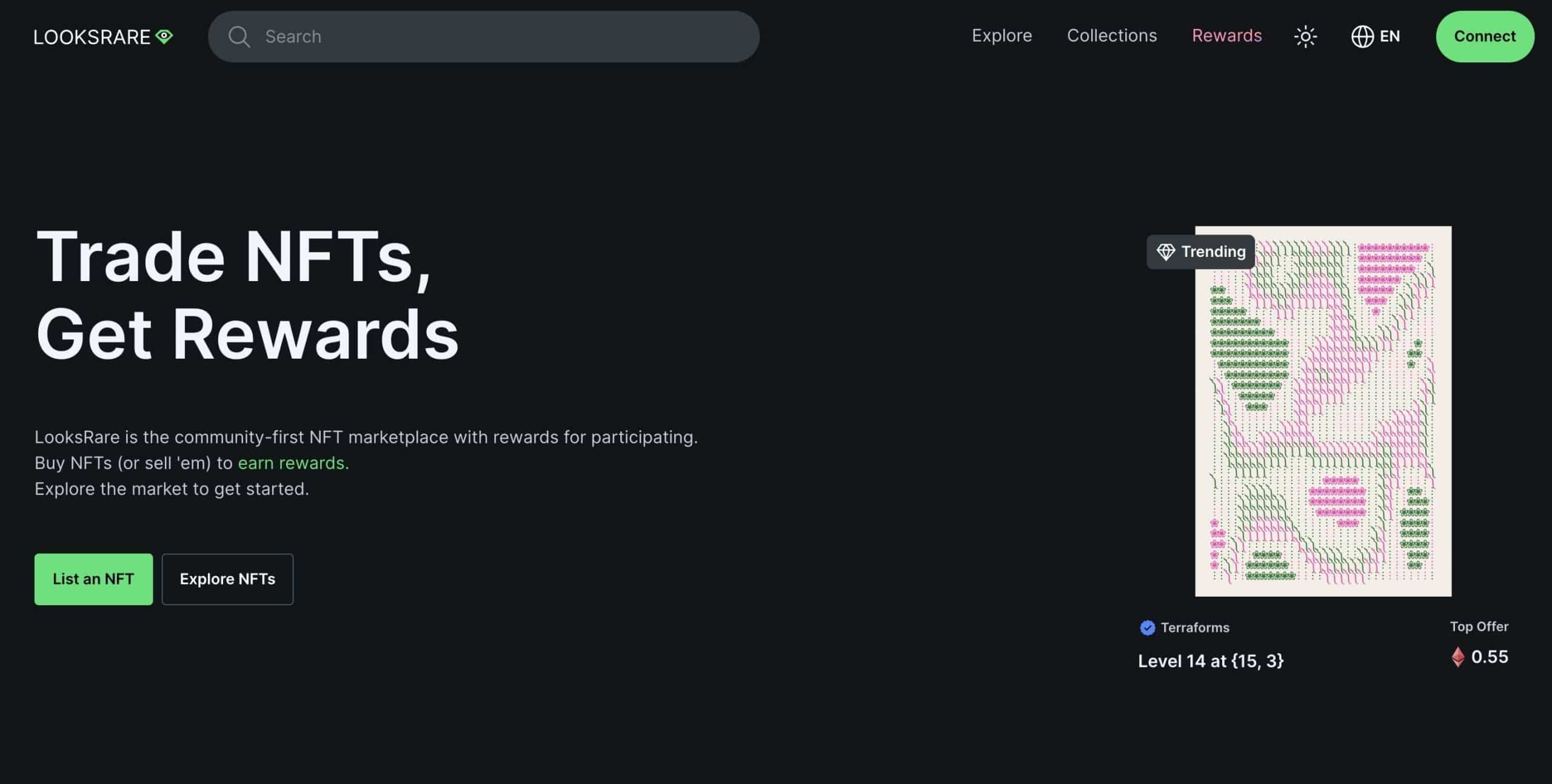
In recent months, LooksRare has introduced some new attractive features. For example, they let you see floor price for each individual trait. In addition, the platform has added a transfer function that warns users to delist NFTs. Plus, they integrated Etherscan chat.
Rarible
Rarible is another popular NFT marketplace. If you don’t use the lazy minting feature, then you will have to front the costs to mint. It allows code-free minting, offers a simple and attractive interface, and has good customer service. Here, you can ‘put it on sale’ to receive bids or set an ‘instant sale price’ where teach token is sold at a fixed price.
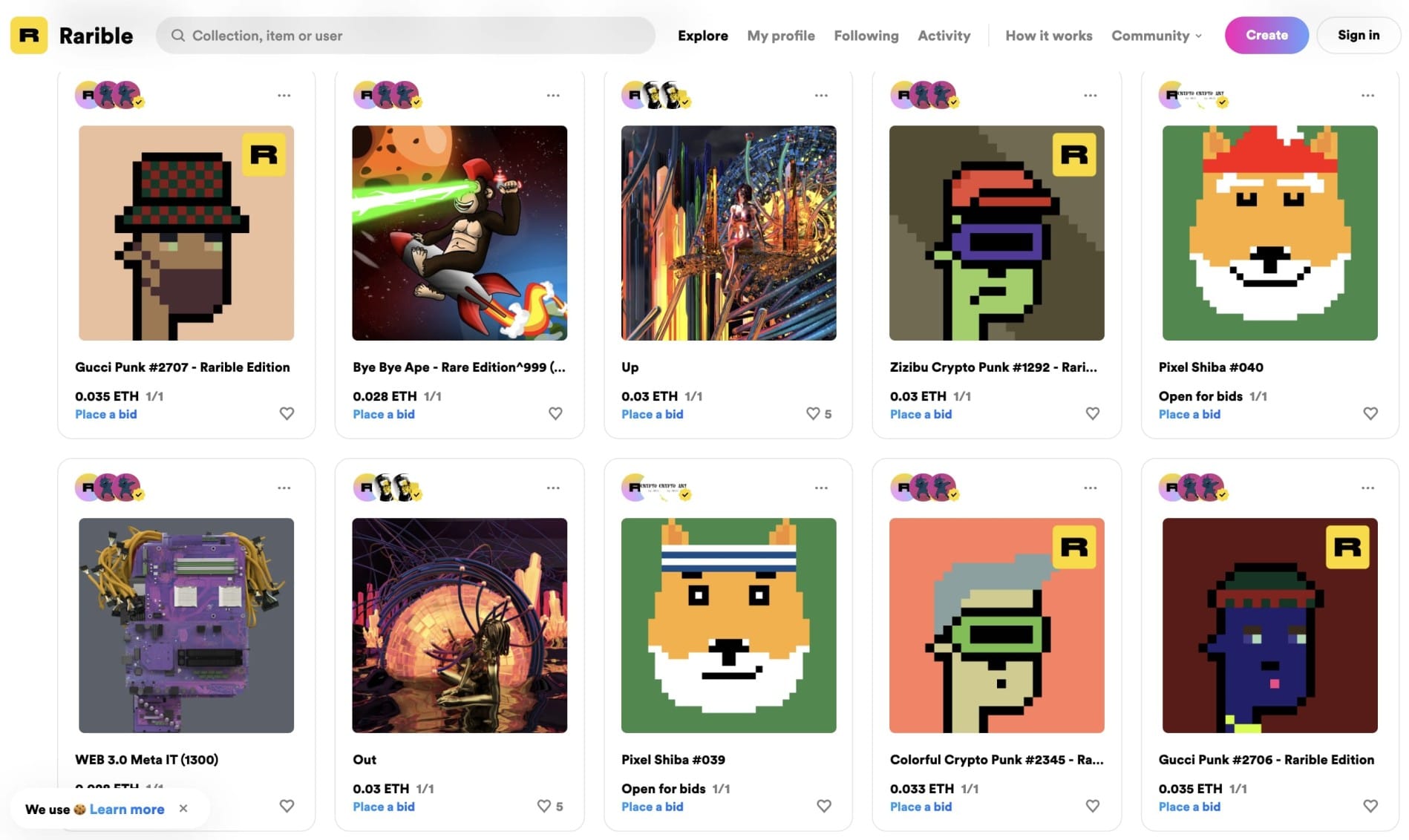
Solana marketplaces
Solana NFTs are becoming increasingly popular these days. If your blockchain of choice is Solana, you can try fast-growing Solana NFT marketplaces like Solanart, Magic Eden, and SolSea. As opposed to Ethereum marketplaces, Solana marketplaces allow you to mint and list NFTs at low costs and high transaction speeds. This gives your art a chance to succeed without the heavy transaction costs on Ethereum. Moreover, Magic Eden raised $27 million to challenge OpenSea.
7. How To Price Your NFT Artwork- How Expensive it Should be:
For different blockchains, you have to pay different upfront costs. That means OG collections on expensive blockchains ( like Rare Pepe on Bitcoin and CryptoPunks on Ethereum ) tend to fetch high prices. While proof of stake blockchains are faster and cheaper, the cheap fees mean they are rife with bots. These kinds of blockchains include Polygon, Tezos, Solana, and Cardano. If you create an NFT on one of these cheaper blockchains, you’ll have to price it accordingly. However, don’t expect that selling it cheap will help cut through all of the noise! Often, the safer option to sell anything at all is to drop on Ethereum.
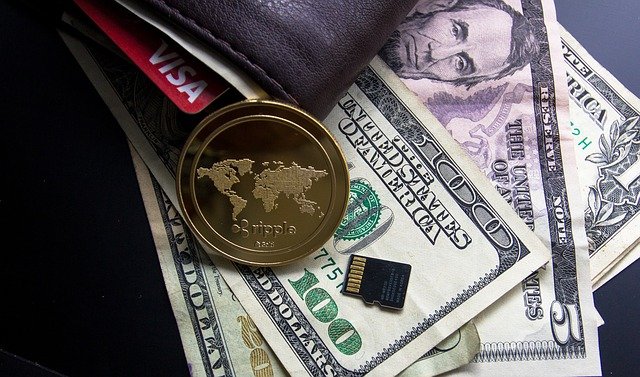
Pricing NFTs by Rarity
The next factors to consider while pricing your NFT: rarity and scarcity. If it’s a 1/1 unique edition or comes in less supply, price it what you think it is worth! If it took you hours, let a collector pay you for it. Top artist XCOPY dropped 1/1 pieces fetching millions of dollars!
For 1:1 pieces of unique artwork, we would not recommend listing below 0.1ETH. Collectors are willing to pay much more and even for art from relatively unknown artists too!
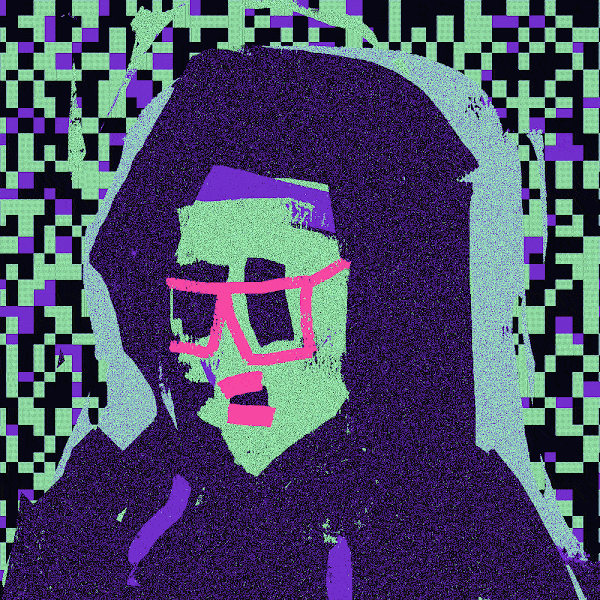
Benefits and Perks
Then, will you offer extra benefits for holders? Some good examples of such benefits include; membership, metaverse land, exclusive merch, and events. For these type of artworks, people are more than willing to pay incredible sums.
Some services also allow you to manage the utilities of a minted collection. One such service is Tropee. Tropee allows users to easily and simply give an NFT collection a utilities including; physical utilities like merch or events, digital utilities like allowlists, raffles, one-to-ones, or exclusive content and more. The best news? You don’t need any tech expertise to use the intuitive platform – no code required (phew).
Why you should create NFT Art
Firstly, you can guarantee royalties every time it’s sold on. In short, smart contracts guarantee guarantee the correct percentage of money is sent to the correct party. That means, you can reap profits indefinitely. However, most marketplaces will still charge a small fee.
Secondly, unlike the traditional art market, you don’t have to rely on a third party. Instead of paying auction houses or art galleries a cut of the profit, you can do it on your own with a few clicks. Plus, galleries and auctions are extremely expensive. Making your art into an NFT gives you the liberty to decide how much money you make. Not only that, you also get access to buyers from across the globe.
To learn more, check out our guide about why to buy NFTs.
We’re quickly realizing that pretty much anything can be an NFT! While this guide focuses on art, check out our guide on how to mint music NFTs. Big celebrities such as Grimes and Steve Aoki, are already using this medium. Beyond artwork, Video highlights, memes, collectibles, gifs, and even a tweet and full-length feature films have become non-fungible tokens too.
You could make money now making your own NFTs. Just try it and see!
All investment/financial opinions expressed by NFTevening.com are not recommendations.
This article is educational material.
As always, make your own research prior to making any kind of investment.

